Showing all 11 results
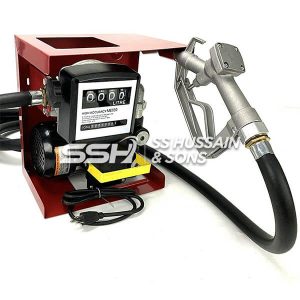
Diesel Flow meters-MMFM-101
Read More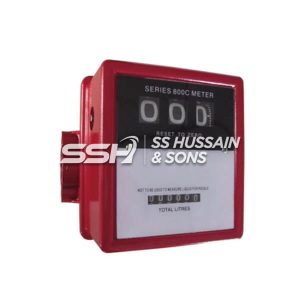
Diesel Flow meters-MMFM-800
Read More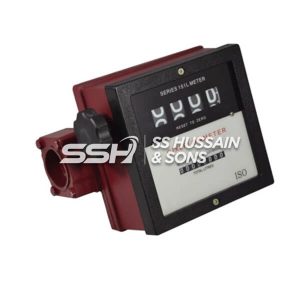
Diesel Flow meters-MMFM-900
Read More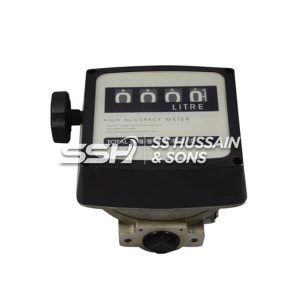
Diesel Flow meters-MMFM-901
Read More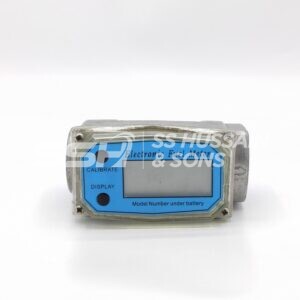
Digital Turbine Flow Meter
Read More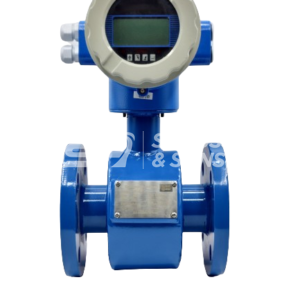
Electromagnetic Flowmeter Model:WFD-DN50
Read More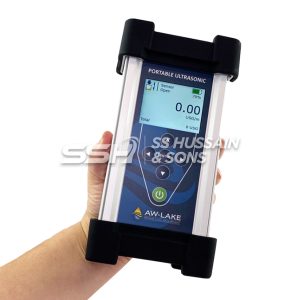
Handheld Ultrasonic Flow Meter
Read More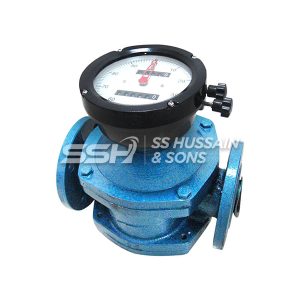
Oval Gear Flow Meter
Read More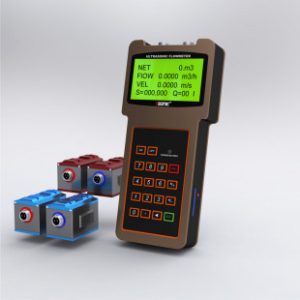
Portable Ultrasonic Flow Meter
Read More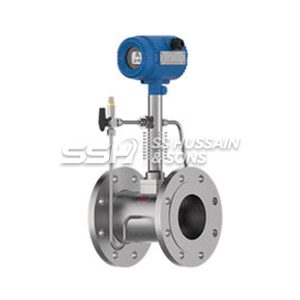
Vortex Flow Meter
Read More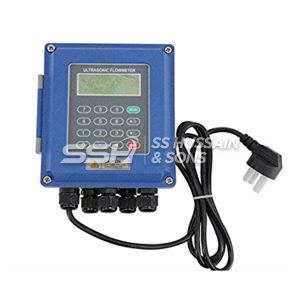
Wall-Mounted Ultrasonic Flow Meter
Read MoreWHAT IS A FLOW METER?
Some operations require accurate flow measurements to know the rate at which a fluid moves through a system. This is where flow meters come to do the job. Also called a flow sensor, its an instrument used to determine the amount of media (liquid, gas or vapor) moving through a pipe.
Measuring mass flow is critical for industrial applications because it allows for prompt responses to deviations from normal operations, preventing mishaps or spills that could damage the equipment.
Improving the precision, accuracy, and resolution of fluid measurement are the greatest benefits of the best flow meters.
SS Hussain’s range has diesel, ultrasonic, oval gear, and vortex flow meters.
FLOW METER TYPES YOU SHOULD KNOW ABOUT AND THEIR USES
The type of flow meter depends on the industry applied. Hence, they are referred by many names such as flow gauge, flow rate sensor, flow indicator, liquid flow meter etc based on its place of application.
Volumetric Flow Meters
This flow-measuring device measures the fluid volume passing through a specific area in unit time. The volumetric meters have minimum sensitivity to viscosity changes. Many of these are equipped with flanges or fittings to permit them to be connected to pipelines easily.
Differential Pressure (DP) Flow Meters
It’s one of the most popular types and is mostly used to measure the flow of liquids. By measuring pressure loss across a line, they are very good at figuring out how much fluid is moving.
It is made up of two parts: the primary element and the secondary element. The former generates a shift in kinetic energy, which results in differential pressure in the pipe. The latter (secondary) part senses the differential pressure and generates a signal, which is then translated to an actual flow value.
Mass Flow Meters
It’s suitable for measuring flow rates in mass processing like chemical processing, oil and gas industry, environmental monitoring, etc.
The most popular model for mass flow meters is the Coriolis mass flow meter whose design is based on the concept of Coriolis force.
Mass meters like Coriolis flow meters detect mass flow directly, not volumetric flow. Mass does not change, hence the meter is linear without liquid property adjustments. It also eliminates temperature and pressure adjustments. Fluids whose viscosity vary with velocity at specified temperatures and pressures are ideal for the meter.
Ultrasonic Flow Meters
The ultrasonic flow meter uses transducers that send out ultrasonic waves. It can find out the average speed along the path of an ultrasound beam by averaging the difference in measured transit time between ultrasound pulses that move in the same direction as the flow and those that move against it, or by measuring the frequency shift from the Doppler effect. Its found to be useful in energy power plants and pharmaceutical industries.
There are three different types: Transmission, Doppler, and open-channel flow meter.
Orifice Flow Meters
People also often use this type of liquid flow meter. An orifice meter is a type of flow meter that uses differential pressure to find out how fast a liquid or gas is moving, usually steam.
A diameter-sized hole is drilled into a flat piece of metal to make an opening. In the pipe, the plate is put in between two ends. That makes the flow of fluids slower, which creates a difference in pressure between the plates.
It works well in water treatment plants, oil factories, and petrochemical businesses because its main purpose is to measure the flow rate of liquids.
Turbine Flow Meters
It’s a velocity flow meter that is mostly used in aircraft and cryogenics because it gives very accurate readings. It is reliable for measuring the flow of both liquids and gases.
A Turbine Flow Meter is put right into a pipe to find out how fast a liquid is moving. A rotor is placed in the direction of the flowing liquid. The only part that moves is the rotor, which is usually made of stainless steel. The rotor spins, and its speed changes based on how fast the liquid is swirling. An electrical spark is made every time a rotor blade goes by a certain point.
Different Turbine Flow Meters make pulses in different ways. For example, some use magnets on the rotor blades and a magnetic pickup instrument to make pulses. The more pulses produced, the faster the liquid flows.
There are various sorts of pickup devices, such as a basic 2-wire passive magnetic pickup or a 3-wire active device like a Hall Effect sensor, each of which produces varied pulse forms and voltage levels.
Vortex Flow Meters
A vortex flow meter tracks swirling patterns in fluid as it moves through a pipeline. These patterns are picked up by a sensor, transformed into an electrical signal, and examined by the flow meter. By assessing the frequency of these swirls, the meter precisely calculates fluid flow for gas, liquid, or steam.
This technology is versatile and reliable, needing minimal upkeep without moving parts. Its accurate volume flow measurements make it valuable across different industries.
HOW TO CHOOSE THE RIGHT FLOW METER?
Continuous or Cumulative Flow:
Consider whether you require continuous or cumulative flow information and whether it should be accessed locally or remotely. If remote, choose analog, digital, or shared transmission and data update frequency.
Fluid and Flow Characteristics:
List the fluid’s properties, like pressure, temperature, density, and conductivity. Provide safety and toxicity information, details about fluid composition, presence of air bubbles, solids, coating tendencies, and transparency.
Pressure and Temperature Range:
Include minimum and maximum pressure and temperature parameters, as well as usual operating values. Mention if the flow will be reversed, the temperature will vary, or particular precautions are needed.
Piping and Installation Area:
In the piping and installation area, consider orientation, size, material, valves, regulators, and any specific conditions like as vibration or magnetic fields. Note electrical or pneumatic power and safety or cleaning needs.
Flow Rate and Accuracy:
To measure the flow rate accurately, determine the minimum and maximum flow rates. Set the accuracy as a percentage of actual reading, calibration range, or full scale at minimum, normal, and maximum flow rates. Clarify accuracy and repeatability criteria.
Accuracy and Repeatability:
Choose a meter class with appropriate metrology performance and no moving components for accuracy and repeatability. Moving parts can wear and irritate. For a fair comparison, convert accuracy and repeatability to percentage units.
Mass or Volume Units:
Determine if flow information is more valuable in mass or volume units. Mass flow meters can handle varied situations because they are insensitive to density, pressure, and viscosity. Volumetric measurements should account for compressibility and air bubbles.

